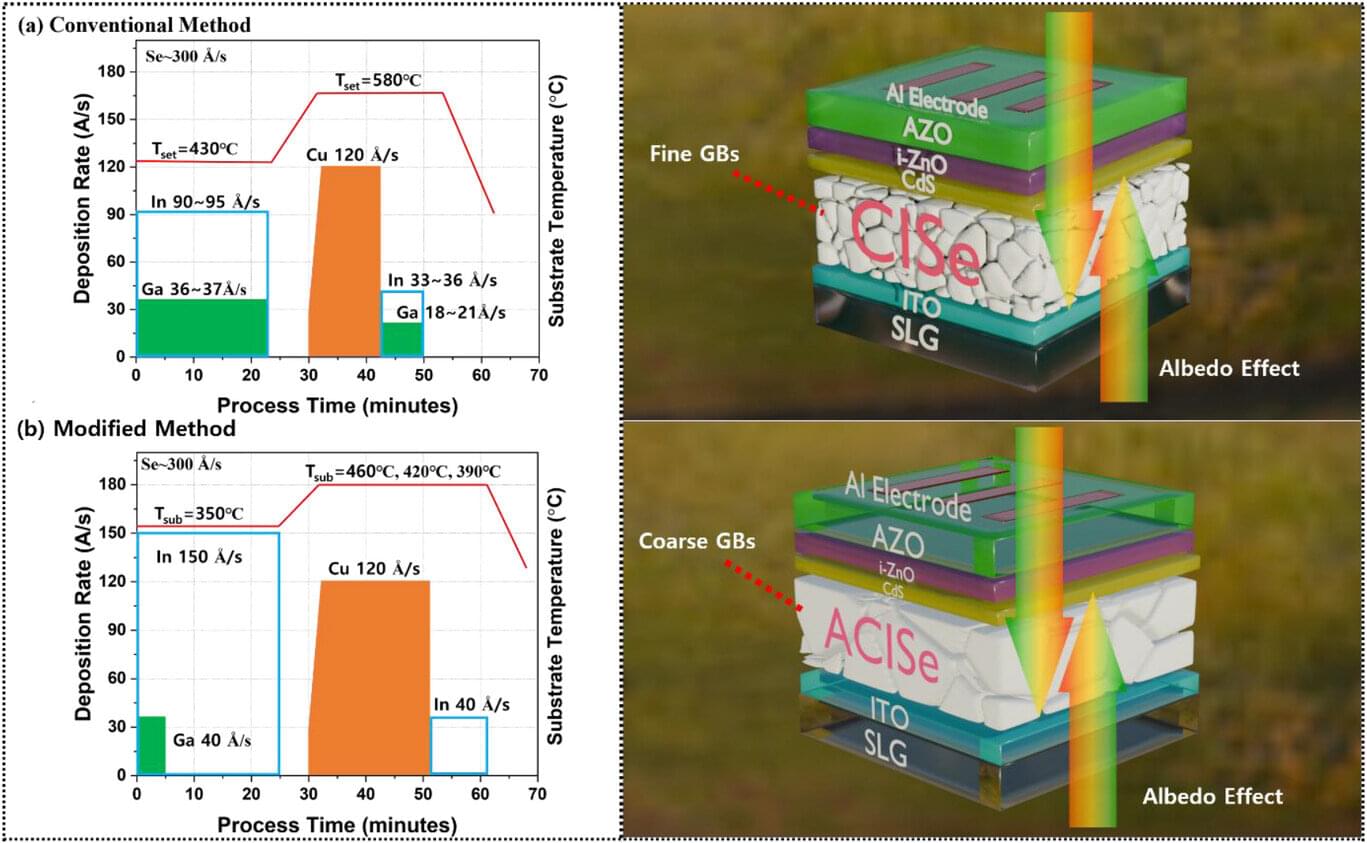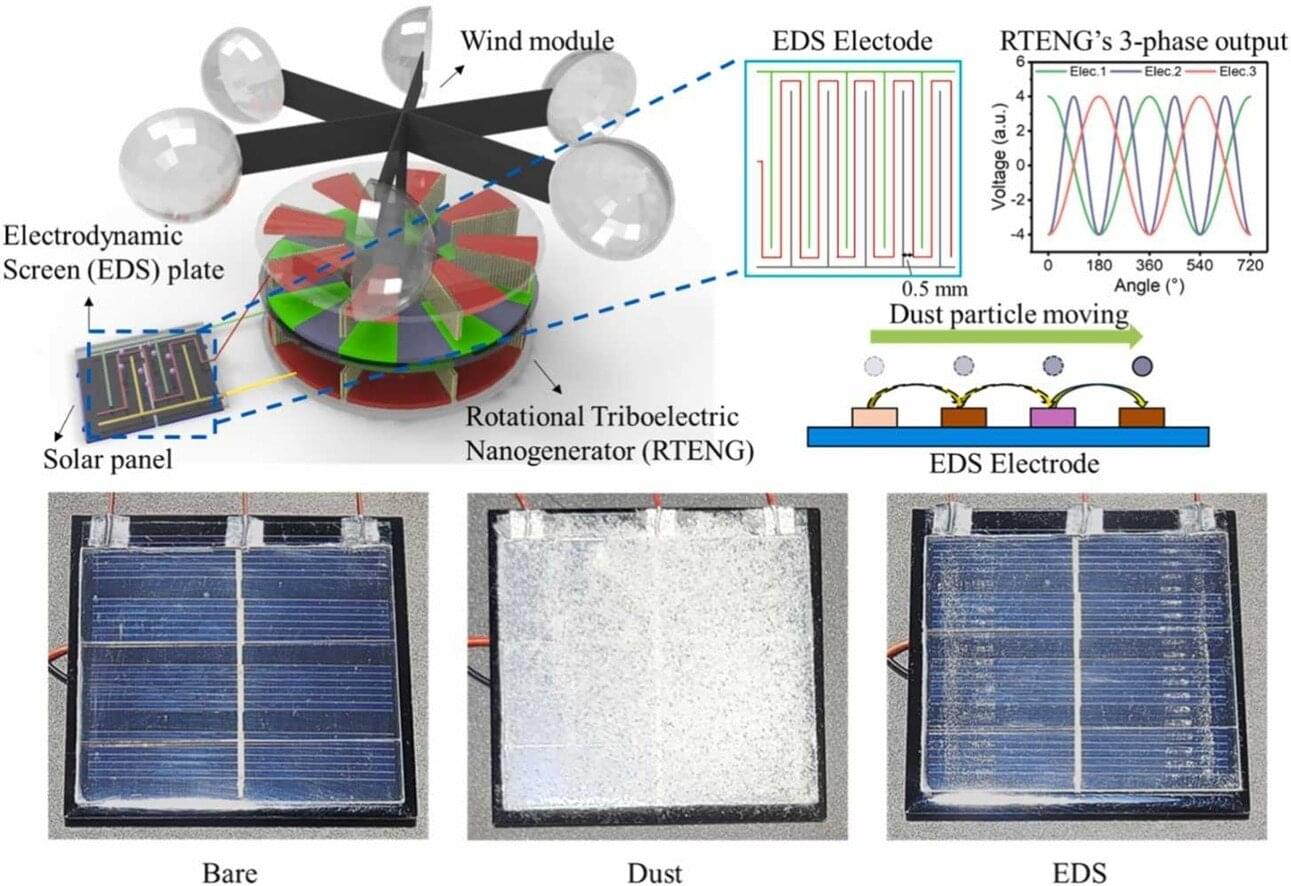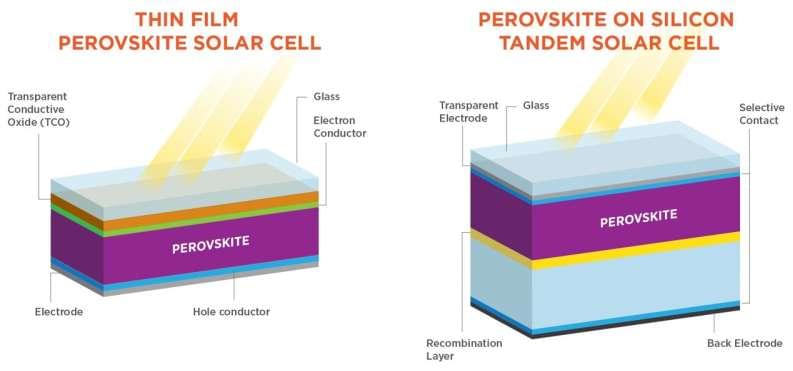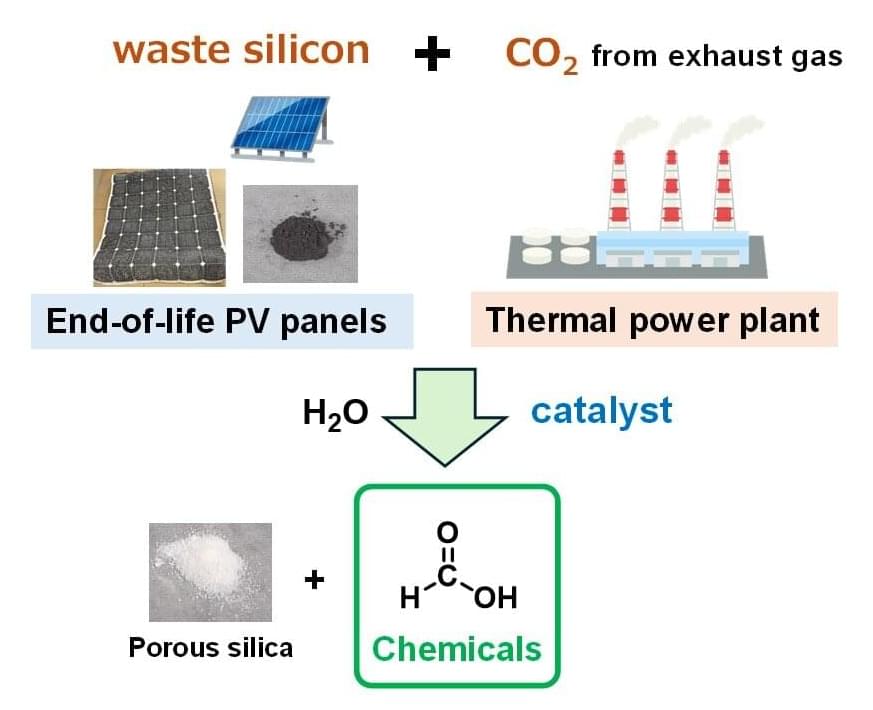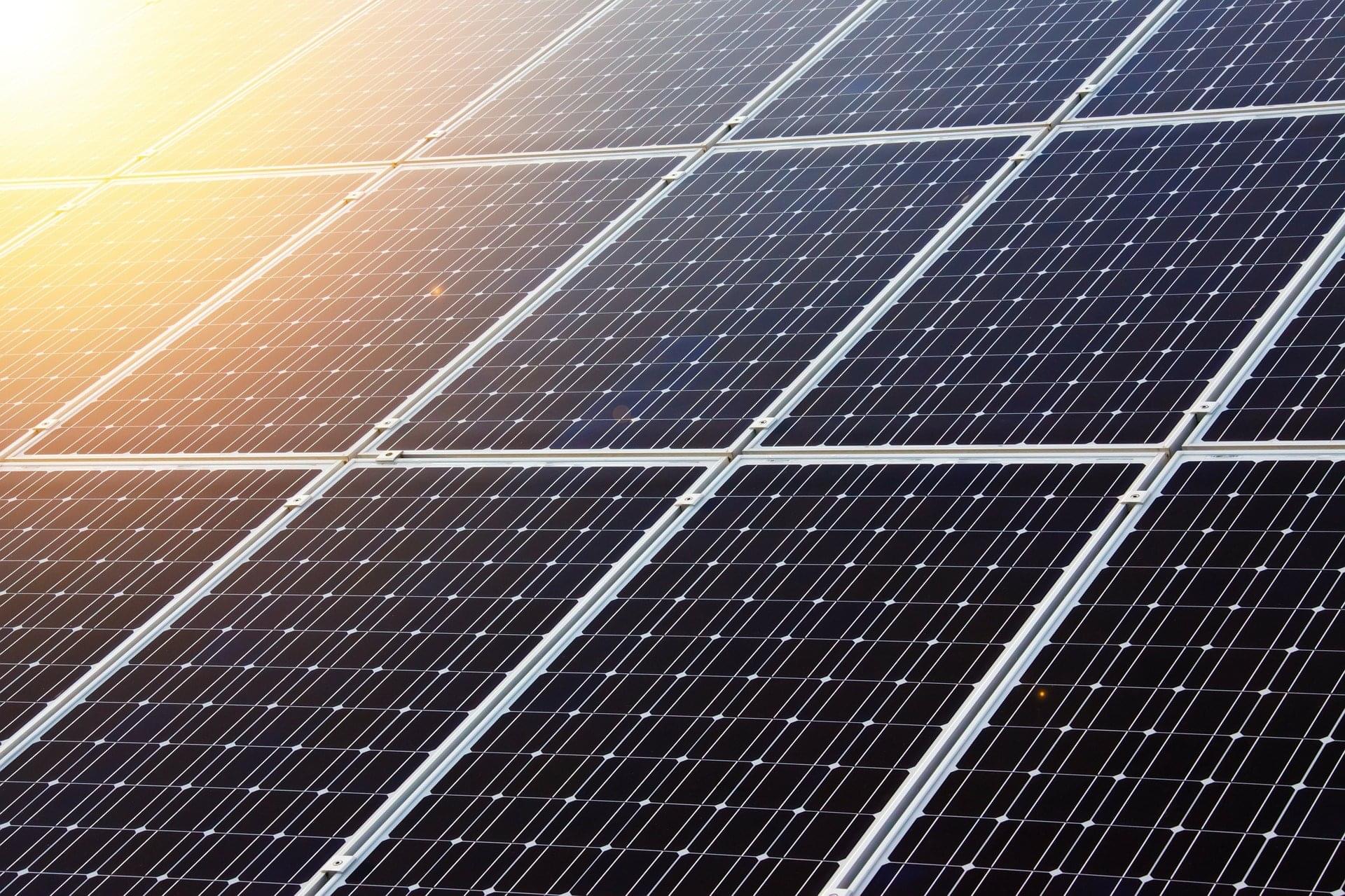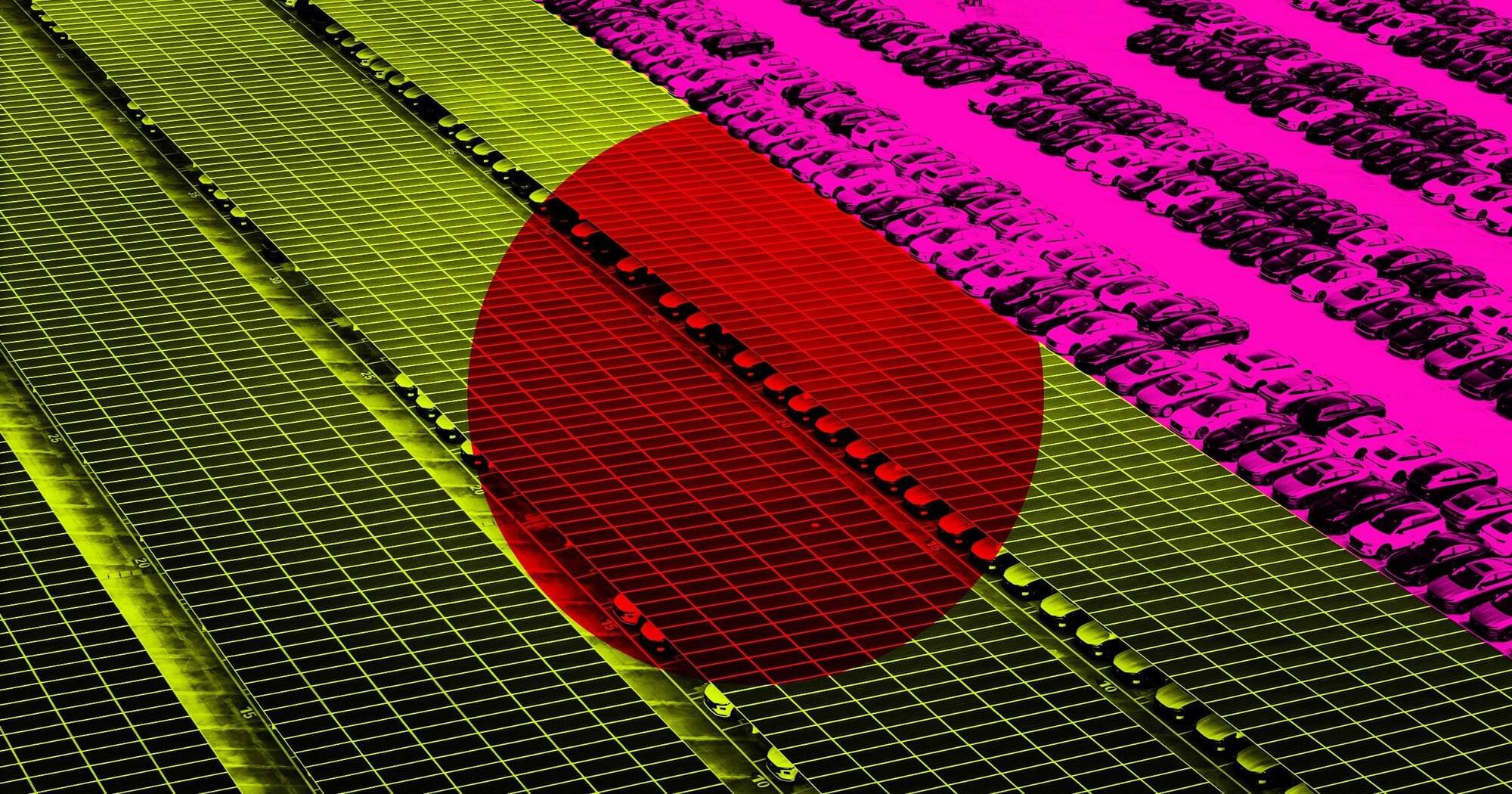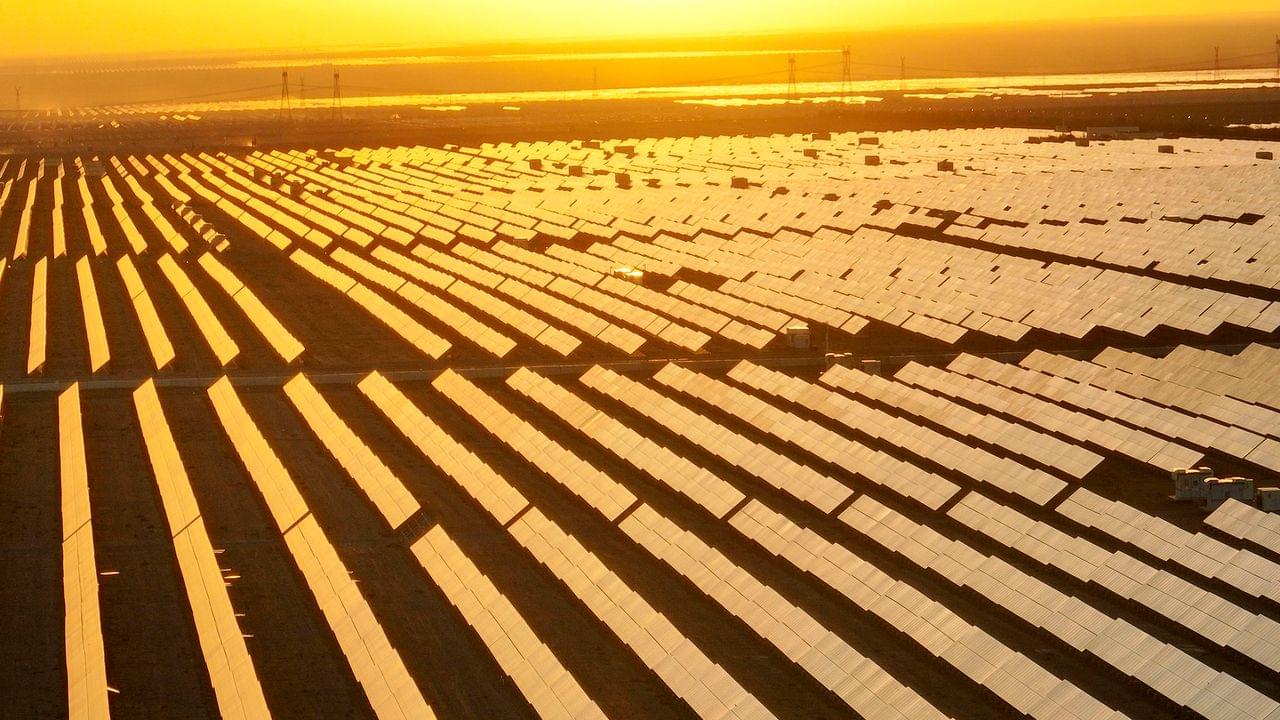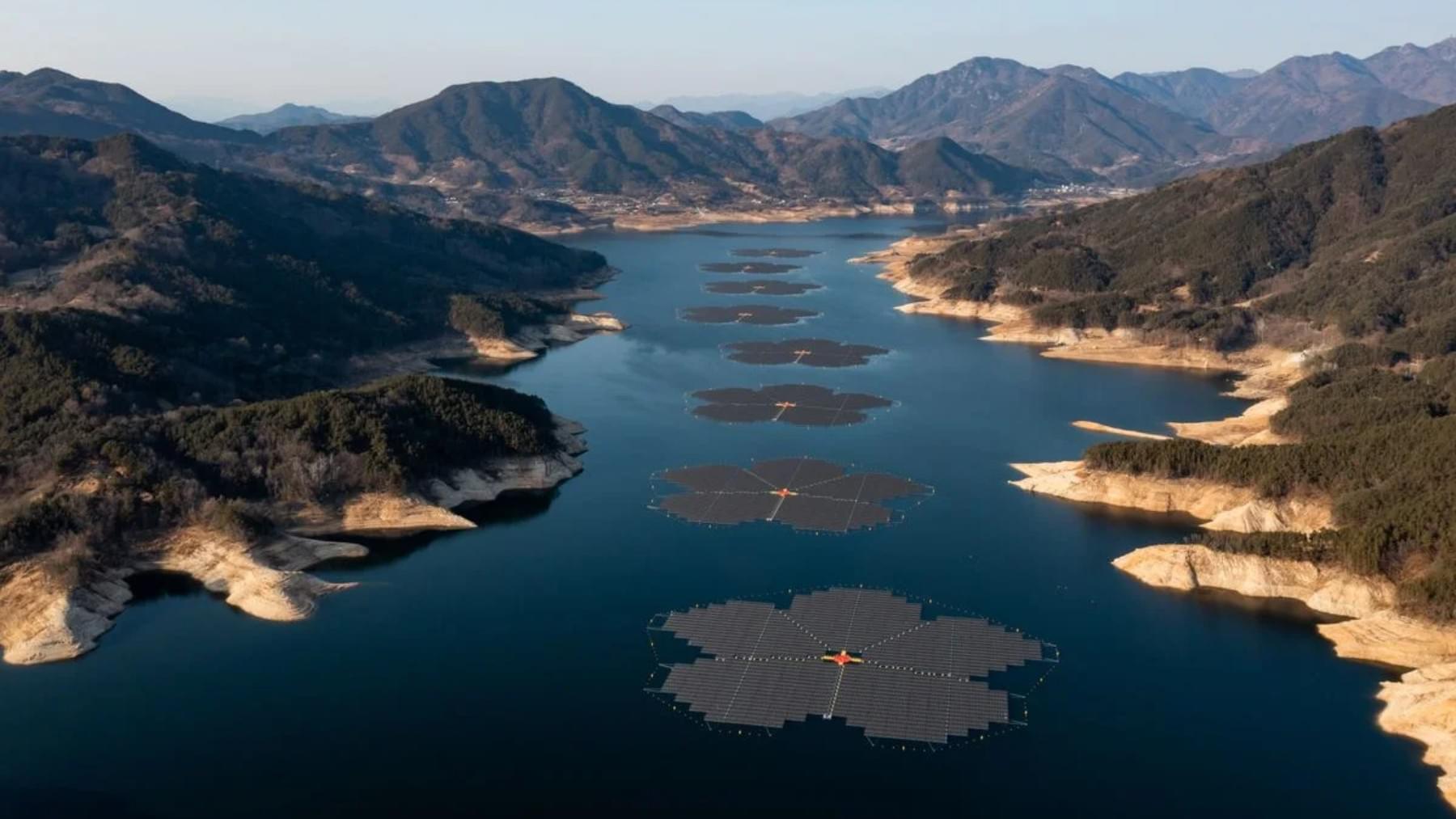A collaborative research team has successfully developed a self-powered pollution prevention technology that can remove pollutants from the surface of solar panels without external power. This technology uses a wind-powered rotational triboelectric nanogenerator to generate power and combines said power with electrodynamic screen (EDS) technology to move dust in the desired direction for removal.
The findings are published in the journal Nano Energy. The team was led by Professor Juhyuck Lee from the Department of Energy Science and Engineering, Daegu Gyeongbuk Institute of Science & Technology, along with Dr. Wanchul Seung at Global Technology Research, Samsung Electronics.
The dust that gathers on the surface of solar panels causes a significant reduction in power production efficiency. EDS technology, designed to address this problem, uses electric fields to remove dust from the surface, and it is noted for environments that are not easily accessible, such as deserts, mountains, and space, as it does not require cleaning equipment or personnel. Traditional EDS technology, however, requires high voltage and, consequently, external power, and it has the disadvantage of additional maintenance costs.
